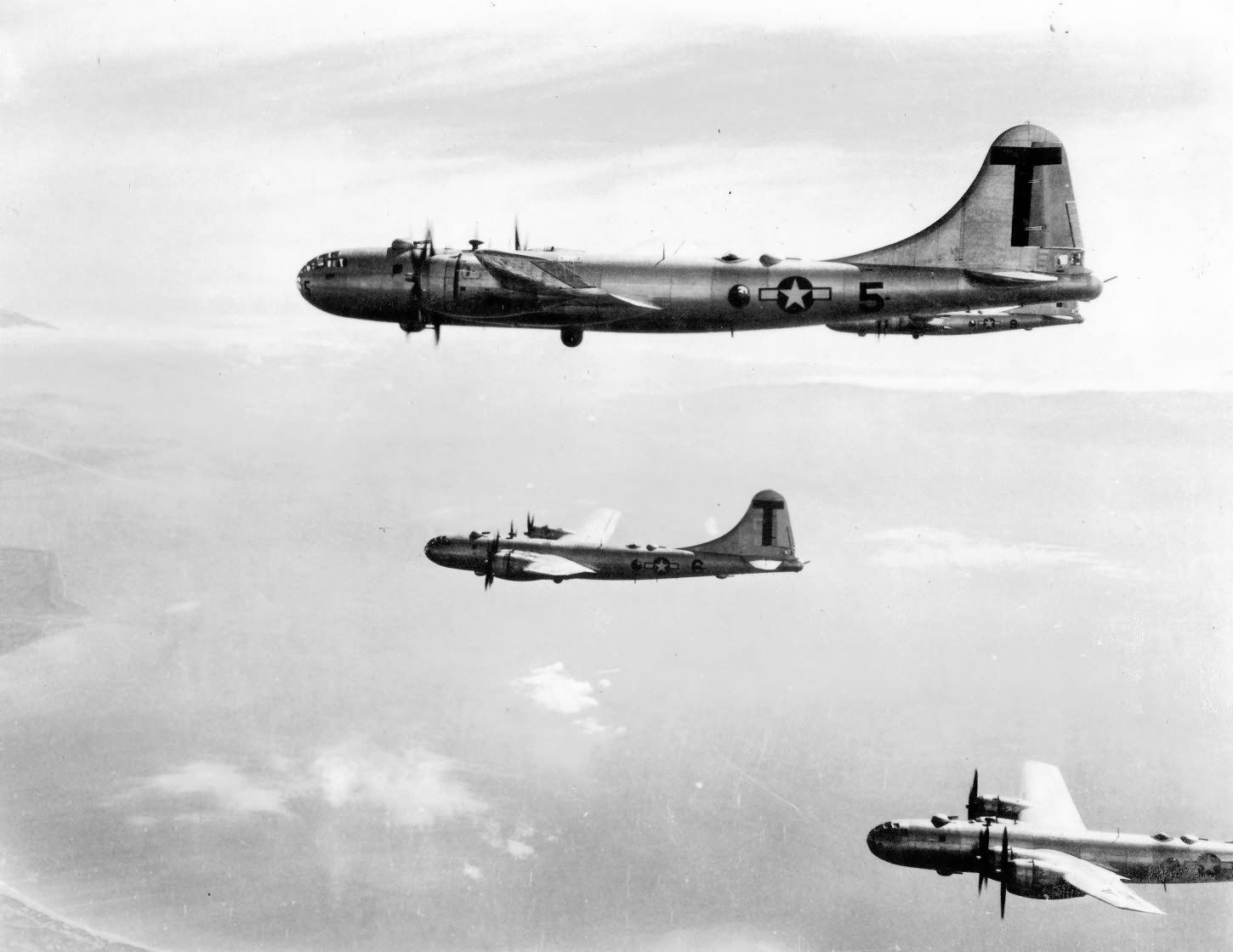During the early 1940s, airborne radar systems were not yet in use by the US military, and only a few ground-based radar systems existed. However, by the end of World War II, numerous military aircraft, including the B-29 Superfortress, were equipped with various airborne radar systems. The B-29 utilized several radar systems throughout its service life:
Radar Systems Used in the B-29
AN/APQ-13
- Introduction: The most advanced bombing radar available when the B-29 first entered combat.
- Function: Primarily used for navigation and bombing missions, providing accurate targeting capabilities.
AN/APQ-15B
- Usage: Exclusively employed by B-29Bs built by Bell-Atlanta.
- Function: An advanced radar system designed to improve bombing accuracy and overall mission effectiveness.
AN/APQ-23
- Description: Essentially an upgraded version of the AN/APQ-13 radar system.
- Function: Enhanced the capabilities of the earlier model, providing better resolution and reliability during World War II.
AN/APQ-7 (Eagle Radar System)
- Introduction: Used on some B-29s starting in early 1945.
- Notable Installation: The first B-29 equipped with the Eagle radar system was a late model B-29-60-BA (44-84066), which later deployed to Tinian.
- Antenna: Featured a forward, 60-degree electrical scan with an antenna shaped like a wing about 8 feet wide.
- Function: Designed for more precise targeting and navigation, especially useful for nighttime and all-weather bombing missions.
AN/APQ-30
- Introduction: A post-war radar system.
- Capabilities: Provided 360-degree scanning with a 3-degree beam width.
- Improvement: Known to be a superior system compared to the AN/APQ-7, offering better navigation capabilities and more detailed scanning.
Radar Operator’s Position
- The radar operator’s position in the B-29 was consistent across all radar system configurations. This position was crucial for the operation of the radar systems, enabling effective navigation and targeting during missions.
The evolution of radar systems on the B-29 represented significant advancements in airborne radar technology during World War II and the post-war period. These systems enhanced the B-29’s capabilities, allowing it to perform more complex and precise bombing missions, especially under challenging conditions such as nighttime operations or adverse weather.
